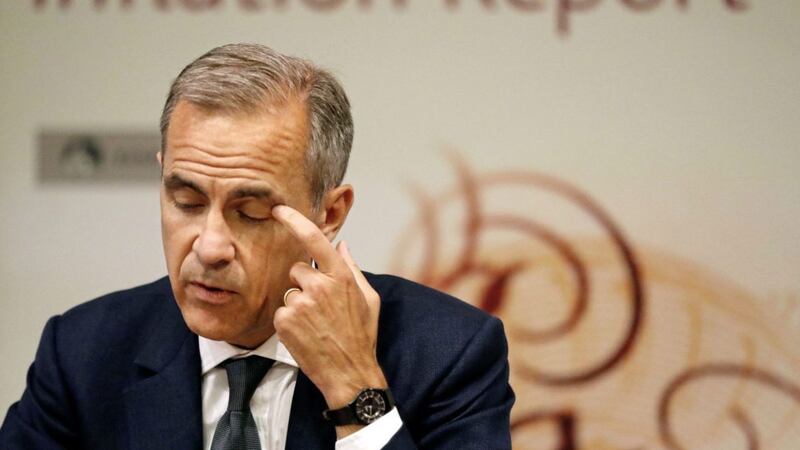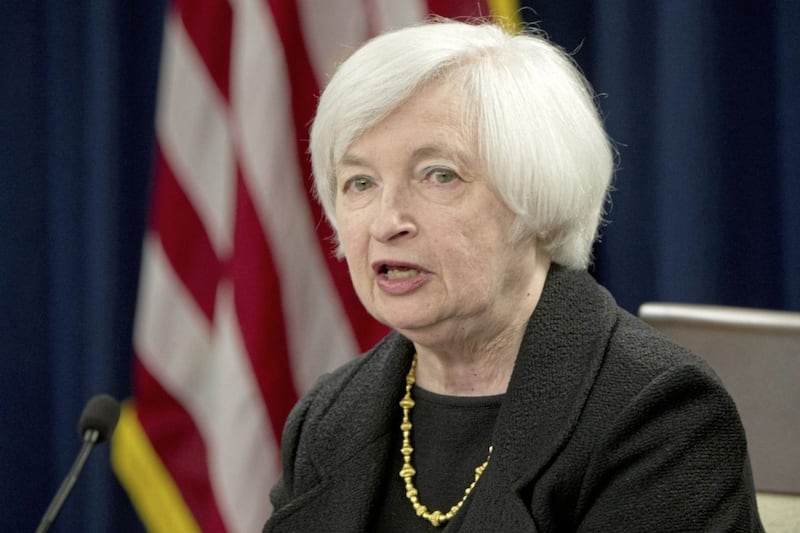As expected, the August meeting of the Bank of England’s Monetary Policy Committee (MPC) concluded last week with no changes to UK interest rate policy. The decision to leave rates unchanged was, once again, not unanimous. There was a 6-2 majority vote in favour of maintaining the Bank Rate at 0.25 per cent. This voting outcome was less hawkish than the June vote, when there were three votes in favour of a rate hike. However, one of the three, Kristin Forbes, has since left the Committee.
The meeting minutes detailed the policy deliberations that took place on the current stance of monetary policy. Arguments put forward justifying an immediate rate hike included that inflation remained substantially above target and is expected to remain so over the forecast period, while employment growth had strengthened again. Meanwhile, some of the points put forward in arguing for leaving the policy rate unchanged included the sluggish GDP growth in the first half of 2017, with an expectation this would persist in the near-term, heightened domestic uncertainty, which could weigh on investment, and no evidence yet of a pick-up in wage growth. The minutes noted that MPC members placed differing weights on these arguments, and that in the end, on balance, for six members the current stance remained appropriate.
In his press conference, Governor Mark Carney outlined the central bank’s analysis of the recent performance of the UK economy. He observed that the “UK economy is beginning the process of adjusting to a new, as yet uncertain, economic relationship” with the EU. He noted that households initially appeared to look through Brexit-related uncertainties. However, more recently, the impact of Sterling’s fall, rising prices and squeeze on real incomes means consumers have cut back on spending, slowing the economy. He also commented that businesses have “invested much less aggressively than usual” since the referendum.
The Bank of England’s updated set of macro forecasts also released in the August Inflation Report, incorporated a more cautious view on the economic outlook. The Bank revised its 2017 GDP forecast modestly lower from 1.9 per cent to 1.7 per cent. For 2018, it is now expecting growth of 1.6 per cent (from 1.7 per cent) and for 2019 its forecast remains at 1.8 per cent.
In terms of its inflation outlook, the MPC expects inflation to peak around 3 per cent in October and to remain above 2.75 per cent until early next year. Inflation is projected to remain “a little above” its 2 per cent target at the end of the forecast period based on the current market curve which implies a 0.5 per cent rise in the Bank Rate over the next three years. It is important to note that the Bank’s macro forecasts are based on the assumption of a “smooth” Brexit.
The reaction in the financial markets to the raft of updates from the Bank of England suggests that ‘Sterling watchers’ had been expecting a more hawkish tone. Sterling weakened against both the Euro and the US Dollar and began this week back above 90p versus the Euro and below the $1.31 level. This reaction is somewhat surprising given that the central bank stated that rates may need to rise by a “somewhat greater extent” than markets are currently expecting.
The UK economy benefited from a loosening of monetary policy and weaker Sterling in the aftermath of the Brexit vote. However, negative factors like higher inflation are now having a more pronounced influence. The negotiating process to decide on the UK’s EU exit terms and any new trading arrangements is likely to drag on until near the end of next year. Business investment may be adversely impacted, while high inflation is continuing to dampen consumer spending. However, a weak Sterling and stronger external demand should have a positive impact on net trade.
Overall, the extent of any UK rate hikes will be very much dependent on how the Brexit negotiations progress. A ‘soft’ Brexit could see rates rise by more than the 0.5 per cent currently priced in by the financial markets by spring 2020, while rate increases look unlikely in a ‘hard’ Brexit scenario.








